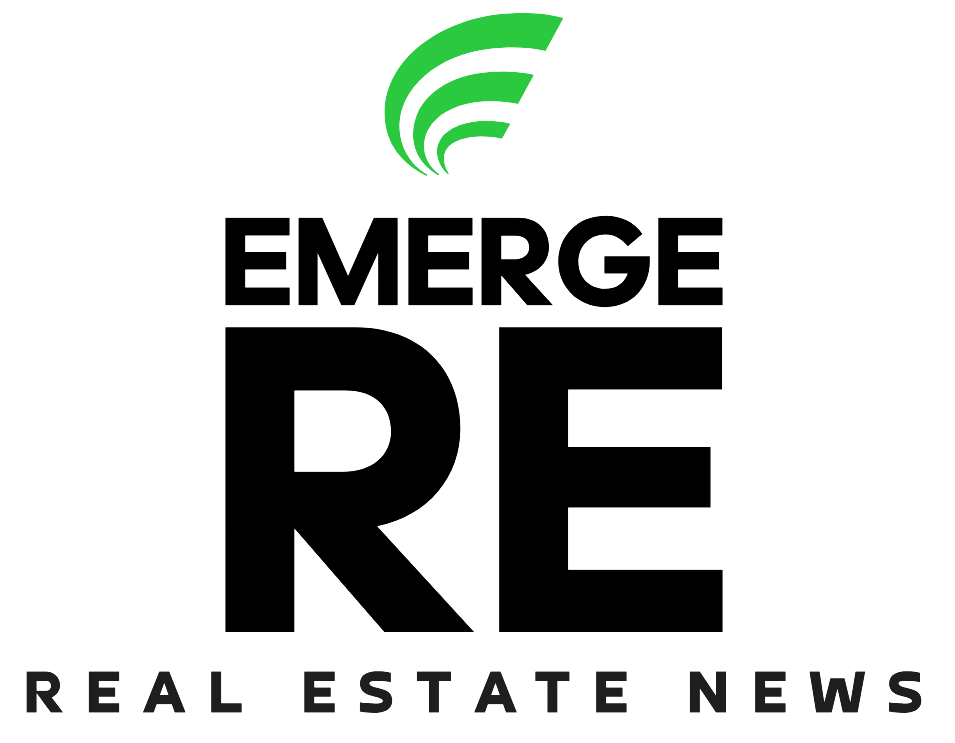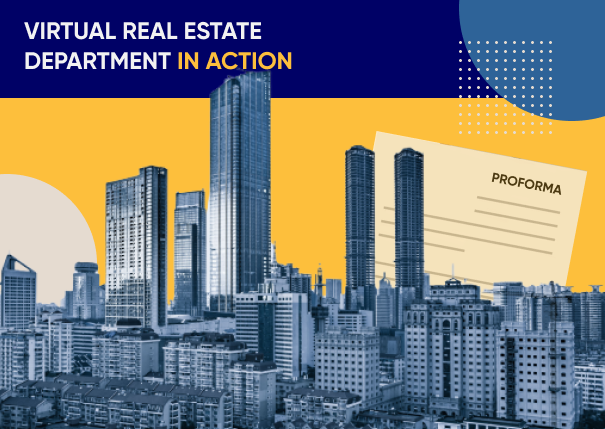For small and emerging developers, one of the most daunting challenges isn’t the lack of vision, talent, or even deal flow — it’s capacity. The traditional real estate operating model assumes access to in-house underwriters, asset managers, project executives, development analysts, and marketing professionals. But for new entrants, the overhead required to build that team from scratch is not just impractical, it’s unsustainable.
Here’s the good news: you don’t need a giant team. You need the right support. Thanks to shifts in how professionals work — and how services are delivered — it’s now possible to build a lean, agile, and scalable operation through what we term a “Virtual Real Estate Department.”
What is a Virtual Real Estate Department?
A Virtual Real Estate Department is a curated network of fractional professionals, on-demand services, and platform tools that together replicate the functional capabilities of a much larger firm. It allows a solo developer or small team to:
1. Compete for institutional capital
2. Execute complex development deals
3. Scale pipeline without overextending payroll
It’s not outsourcing for outsourcing’s sake. It’s strategic resourcing.
Core Functions You Can Virtualize
Here are the functions every developer needs — and how you can build them virtually:
1. Finance & Underwriting
You Need: Pro formas, debt/equity modeling, investor packages, sensitivity analysis.
Virtual Options: Fractional CFO services, freelance underwriters, boutique development consultancies (e.g. Diversified Lending Solutions, alum collectives, etc.).
2. Legal & Compliance
You Need: Operating agreements, contract review, permitting guidance.
Virtual Options: Flat-fee real estate attorneys, online legal platforms (e.g. Atrium, UpCounsel), land use specialists available on retainer.
3. Design & Architecture
You Need: Conceptual drawings, zoning analysis, community presentations.
Virtual Options: Freelance architects, architecture co-ops, urban design studios with emerging market focus.
4. Project & Construction Management
You Need: GC selection, cost estimating, draw request oversight.
Virtual Options: Independent owner’s reps, remote PM firms, or former institutional PMs working as consultants.
5. Community Engagement & Marketing
You Need: Branding, community outreach, stakeholder reporting.
Virtual Options: Place-based engagement firms, marketing freelancers, fractional communications directors.
6. Capital Raising
You Need: Pitch decks, data rooms, investor relations support.
Virtual Options: Capital advisors, pitch deck designers, fundraising coaches.
What Makes It Work
The key to a successful virtual department isn’t just hiring a bunch of freelancers. It’s about:
1. Clear scopes: Define deliverables, deadlines, and decision rights.
2. Reliable systems: Use tools like Asana, Airtable, Monday.com, and Dropbox to manage workflows and documents.
3. Aligned values: Work with professionals who understand mission-driven or community-oriented development.
4. Consistent communication: Weekly check-ins and a single point of contact keep things from falling apart.
Practical Examples
1. A multifamily development firm uses an outsourced grant writer, capital markets advisor, and fractional controller — none of whom are on payroll, to obtain LIHTC funding for a ground-up affordable housing complex.
2. A one-person firm working on a 12-unit rehab project partners with a local GC who accepts equity in lieu of cash renumeration, retains a virtual owner’s rep, and a part-time community liaison sourced through a neighborhood foundation.
3. A local developer launches a community and crowd-funded investment campaign, contracting a freelance social impact consultant, an investor relations pro, and a publicist funded through a development services incubator.
The Upside of Staying Lean
A Virtual Real Estate Department won’t just save you money — it will:
1. Help you scale intelligently.
2. Build credibility with investors and public partners.
3. Let you focus on what only you can do: sourcing deals, raising capital, building relationships.
In today’s landscape, agility is power. And for diverse developers trying to punch above their weight, building a virtual team is no longer a workaround. It’s a winning model.
The bottom line? Don’t wait until you can afford a 10-person team. Build your department now — virtually. Then grow from there, on your terms.



